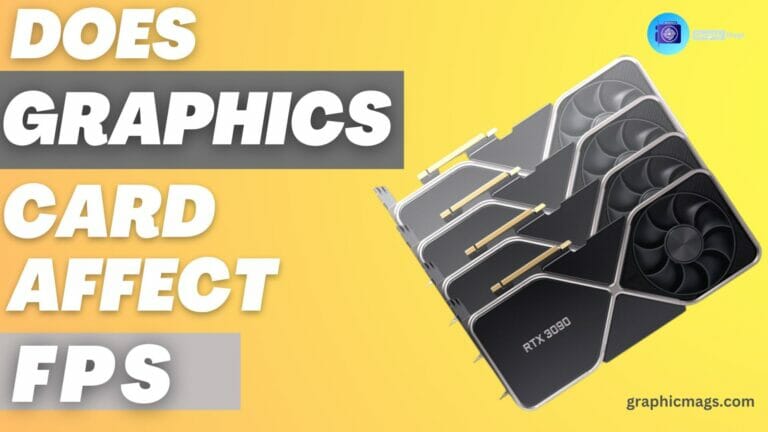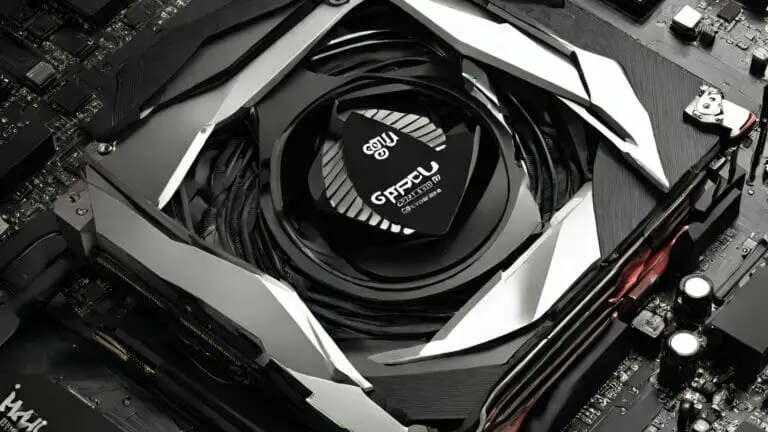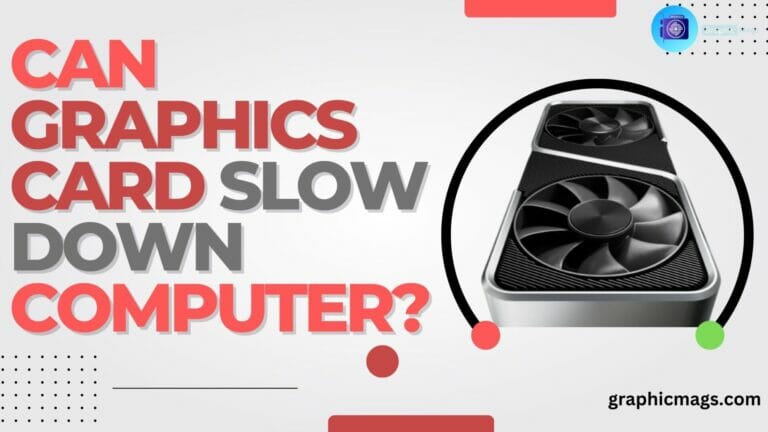NVIDIA GeForce GTX 1050 Mobile: The Ultimate Review and Performance Guide

Introduction
In the last decade, mobile gaming has meant more than just games on smartphones or tablets. It’s about the migration of high-performance, demanding video games from traditional desktop setups to laptops. Laptops have become compact powerhouses, balancing performance and portability. This transformation is significantly due to dedicated GPUs like NVIDIA’s GeForce GTX 1050 Mobile, crafted especially for laptops.
Overview of the NVIDIA GeForce GTX 1050 Mobile
GeForce GTX 1050 Mobile GPU is NVIDIA’s answer to the ever-growing demand for portable yet efficient gaming solutions. While not positioned at the top of NVIDIA’s lineup, it’s strategically placed to cater to gamers who desire impressive performance without going all out on the budget.
Key Specifications
| Key Specification | NVIDIA GeForce GTX 1050 Mobile |
|---|---|
| Architecture | Pascal |
| CUDA Cores | 640 |
| Memory Type | GDDR5 |
| Memory Capacity | 2GB / 4GB |
| Memory Bus Width | 128-bit |
| Memory Bandwidth | Up to 112 GB/s |
| Base Clock | Varies by manufacturer |
| Boost Clock | Varies by manufacturer |
| DirectX Support | DirectX 12 |
| Technologies Supported | NVIDIA Ansel, GameWorks |
| TDP (Thermal Design Power) | 40W – 50W |
| VR Ready | Entry-Level |
Core Architecture and Design
The GTX 1050 Mobile is embedded within NVIDIA’s renowned Pascal architecture. This architecture is renowned for combining high-performance metrics with power efficiency. The GPU boasts a respectable 640 CUDA cores. Though these numbers might seem modest, it’s the integration and optimization that make this unit stand out in the mobile gaming segment.
Memory and Bandwidth Details
Offered in both 2GB and 4GB GDDR5 memory variants, the GPU seeks to cater to both casual and intensive gamers. The 128-bit memory bus might seem restrictive, but NVIDIA has optimized the bandwidth to an impressive 112 GB/s. This ensures games and applications have adequate memory throughput, avoiding lags or stutters.
Supported Technologies and Features
A standout aspect of the GTX 1050 Mobile is its support for a plethora of modern technologies. From DirectX 12, which ensures superior graphical fidelity in supported games, to NVIDIA Ansel, enabling gamers to capture 360-degree in-game shots, the features are abundant. The inclusion of GameWorks means developers have a suite of tools at their disposal to elevate game realism.
Performance Benchmarks
Gaming Performance Metrics
Real-world gaming performance is crucial. Titles such as “Assassin’s Creed Odyssey” and “Shadow of the Tomb Raider” provide varying results. While you can’t expect ultra-settings gameplay, a mixture of medium to high settings at 1080p often yields 40-60 FPS, a respectable range for smooth gameplay.
Synthetic Benchmark Results
On the synthetic front, tools like 3DMark and Unigine Heaven showcase the GTX 1050 Mobile’s prowess. The scores reflect a GPU capable of handling modern graphical workloads, even if it isn’t leading the pack.
Comparison with Other GPUs
NVIDIA GeForce GTX 1050 Mobile vs. Desktop Version
| Feature/Specification | GTX 1050 Mobile | GTX 1050 Desktop |
|---|---|---|
| Architecture | Pascal | Pascal |
| CUDA Cores | 640 | 640 |
| Base Clock (approx.) | Varies (lower than desktop) | Higher than Mobile |
| Boost Clock (approx.) | Varies (lower than desktop) | Higher than Mobile |
| Memory Type | GDDR5 | GDDR5 |
| Memory Capacity | 2GB / 4GB | Typically 2GB |
| Memory Bus Width | 128-bit | 128-bit |
| Thermal Design Power (TDP) | 40W – 50W | Typically higher |
| Performance | Around 85% of Desktop | 100% (baseline) |
| Thermal Constraints | More due to laptop design | Fewer constraints |
| Power Efficiency | Optimized for battery life | Optimized for performance |
Comparing the mobile variant to its desktop counterpart reveals evident concessions made for power and thermal efficiency. The desktop variant does have an edge in raw performance, attributable to higher clock speeds and fewer thermal constraints. However, the mobile version is no slouch, offering around 85% of the desktop’s performance, which is commendable.
How It Fares Against Competitor Mobile GPUs
In the same price bracket, competitors offer GPUs with similar performance metrics. However, NVIDIA’s strengths lie in consistent driver updates, a broader game optimization portfolio, and a more extensive suite of supported technologies.
Evolution from Previous NVIDIA Mobile GPUs
When placed alongside its predecessors, the GTX 1050 Mobile shines. It’s not just about the performance uptick but also about better power management, more refined thermals, and forward-compatible technology support.
Power Consumption and Thermal Performance
Efficiency Under Load
NVIDIA has been pushing the boundaries of performance-per-watt with each generation. The GTX 1050 Mobile typically operates between 40W to 50W during gaming sessions. This ensures that while the laptop battery is taxed during intensive tasks, it’s not drained inordinately.
Cooling Solutions and Temperature Ranges
Thermal management varies among laptop manufacturers. However, the GTX 1050 Mobile, in general, keeps below the 75°C mark during intensive gaming. Users should be wary of laptop ventilation, as constrained airflow can lead to throttling.
Boost Clock Behavior Under Extended Gaming
Boost clocks, which elevate performance during demanding scenarios, are maintained relatively well. However, consistent high-temperature environments can see the GPU scale back to ensure longevity.
Gaming Experience
Top Games Tested on the GTX 1050 Mobile
Diverse titles from “Doom” to “Civilization VI” have been tested. While FPS shooters demand rapid response and higher FPS, strategy games often permit more modest frame rates. The GTX 1050 Mobile manages this balance well, ensuring a versatile gaming experience.
Setting Adjustments for Optimal Performance
It’s all about finding the sweet spot. Reducing shadow quality, turning off certain post-processing effects, or lowering texture quality can improve frame rates without significantly compromising the visual appeal.
VR Capabilities and Limitations
Though the GTX 1050 Mobile can handle VR, it’s at the entry level. Simple VR experiences are fluid, but for complex VR games or simulations, it’s better to look towards the higher-end spectrum.
User Feedback and Community Response
Popular Reviews and User Experiences
Across forums and review sites, the GTX 1050 Mobile has been praised for bridging the gap between affordability and performance. However, as with any product, there have been critiques, often targeting the GPU’s limitations in ultra-settings gameplay.
Known Issues and Troubleshooting Tips
Some users have reported driver conflicts, especially post-OS updates. The general recommendation is to use DDU (Display Driver Uninstaller) and install the latest drivers from NVIDIA’s official site.
Mods and Tweaks from the Community
The enthusiast community has delved deep into the GTX 1050 Mobile’s capabilities, with tweaks ranging from undervolting for better thermals to modest overclocks for performance bumps. However, amateur tinkering can void warranties or risk hardware, so caution is advised.
Conclusion
Should You Opt for the GTX 1050 Mobile?
For those who need a gaming-ready laptop without splurging excessively, the GTX 1050 Mobile is a compelling choice. It offers a blend of performance, efficiency, and future-ready features that few in its price bracket can match.
Pros and Cons Roundup
Pros:
Cons:
Future Outlook and Predictions
While the GTX 1050 Mobile is apt for the current gaming scene, technology is ever-evolving. It’s essential to understand that in a few years, more demanding titles may push this GPU. But for the present, it’s a value proposition that’s hard to overlook.
Frequently Asked Questions (FAQ) about NVIDIA GeForce GTX 1050 Mobile
Is the NVIDIA GeForce GTX 1050 Mobile suitable for 4K gaming?
Answer: No, the GTX 1050 Mobile is primarily designed for 1080p gaming. While it can technically support 4K resolutions, it won’t deliver a smooth gaming experience for most modern titles at that resolution.
Can I upgrade my laptop’s GTX 1050 Mobile GPU to a more powerful one?
Answer: Generally, laptop GPUs are soldered onto the motherboard and are not upgradable. However, some high-end gaming laptops offer MXM (Mobile PCI Express Module) GPUs that can be replaced, but these are rare, and replacements can be costly.
Does the GTX 1050 Mobile support ray tracing?
Answer: No, ray tracing is a feature introduced with NVIDIA’s RTX series of GPUs. The GTX 1050 Mobile, being from the Pascal generation, does not support this feature.
How does the GTX 1050 Mobile compare to integrated graphics?
Answer: The GTX 1050 Mobile offers significantly better performance compared to most integrated graphics solutions. It has dedicated memory and more computational power, enabling it to handle games and applications that integrated graphics might struggle with.
Is it suitable for professional work like video editing or 3D modeling?
Answer: While the GTX 1050 Mobile can handle tasks like video editing and 3D modeling, it’s more oriented towards gaming. Professionals might prefer GPUs from NVIDIA’s Quadro series or at least higher-end GeForce GPUs for optimal performance in such tasks.






